With more than 1,030 relics, most of which are made of wood combined with brick walls and yin-yang roofs, the successful preservation of wooden architectural works in Hoi An ancient town is also a model for localities across the country to study and learn from.
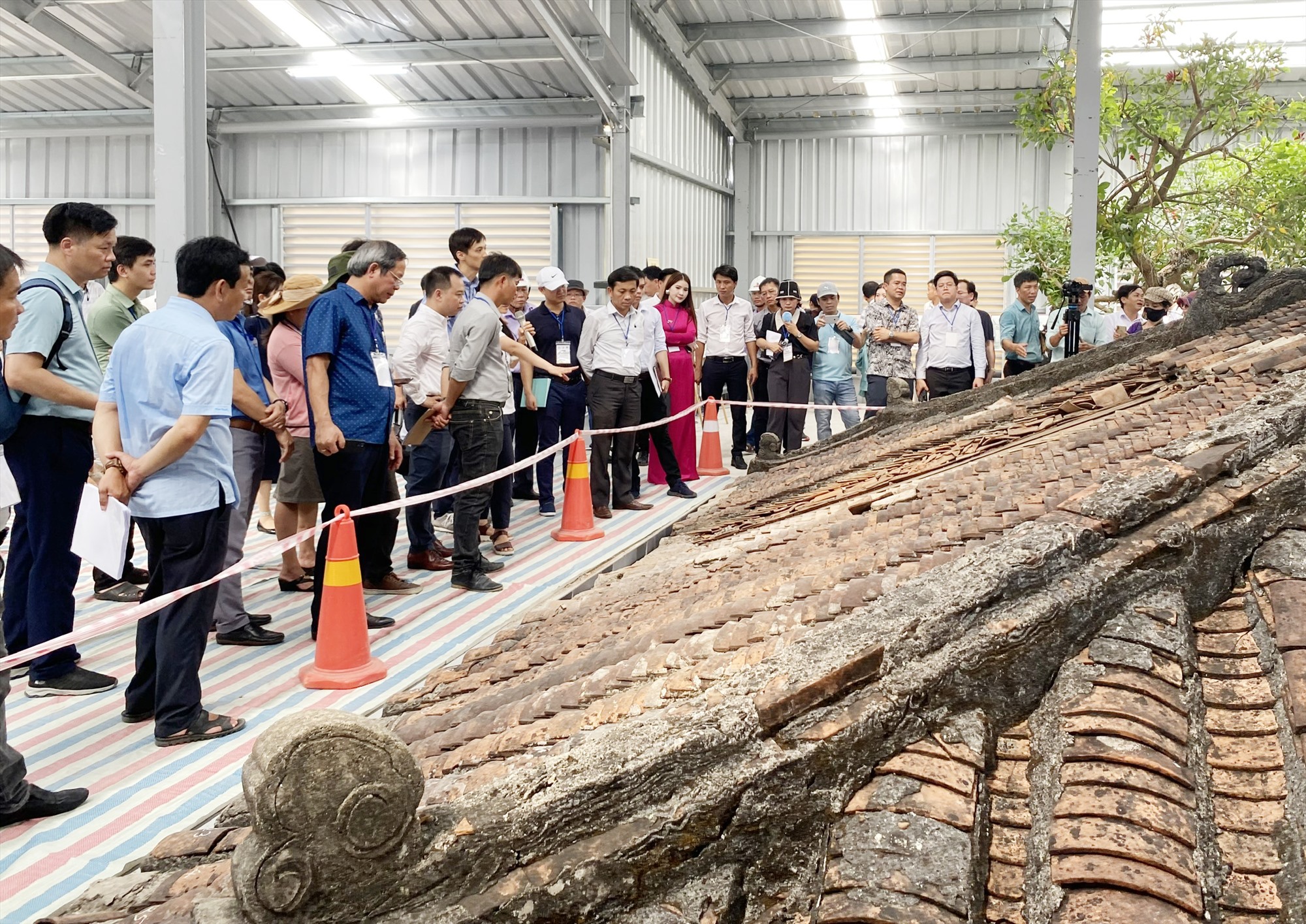
Model of preserving ancient houses in Hoi An
Mr. Pham Phu Ngoc - Director of Hoi An Cultural Heritage Management and Conservation Center said that in Hoi An, since the 80s of the last century, many wooden architectural relics have been surveyed, measured, and scientifically documented by scientists and architects from a number of central professional agencies for research, preservation, and promotion of value.
Along with that, foreign experts such as Japan also conducted surveys and classified ancient houses. In particular, since being recognized as a world cultural heritage, the work of preserving ancient architectural heritage in Hoi An has received more attention and investment with the participation of specialized agencies from central to local levels.
As a result, many projects to preserve Hoi An ancient houses have been implemented carefully, professionally and scientifically. To date, there are almost no ancient house relics facing the risk of collapse. Hoi An has become a "model" in heritage conservation, highly appreciated by UNESCO.
According to Mr. Toyoki Hiroyuki - Head of the research team on cultural works, architecture and other works (Japan's Agency for Cultural Affairs), wood is very susceptible to rot, termites and fire, so if there are no proper maintenance and management measures, it will not be durable.
“Like Hoi An, ancient wooden structures in Japan can survive to this day thanks to regular maintenance and repair. The technology and techniques of construction and maintenance of Japanese wooden structures have been passed down through many generations, thanks to which we can carry out appropriate repair activities today.
In particular, a secret to helping traditional Japanese wooden architecture last a long time is to minimize the use of nails or metal accessories, instead using mortise and tenon joints to connect wooden components together" - Mr. Toyoki Hiroyuki shared.
Cautious intervention
At the training program on wooden architectural relics in Hoi An - Vietnam organized by the Hoi An Cultural Heritage Management and Conservation Center in collaboration with the JICA Vietnam Office, Mr. Hisakazu - Deputy Chief Representative of the JICA Office in Vietnam shared that Hoi An City was chosen to organize the training course because this is an ideal place to equip knowledge on wooden architectural conservation, especially through the actual project of restoring the Japanese Covered Bridge, thereby helping Vietnamese professional agencies gain knowledge to apply to effective wood conservation work in the future.
According to Mr. Pham Phu Ngoc, the maximum preservation of valuable original elements throughout the restoration and repair process is always carried out carefully and scientifically (measurement, photography, marking of components until dismantling...).
In which, the process of dismantling the structure is protected to the maximum, whether it is still good or damaged, in order to utilize, reinforce, research, and compare when replacing. This is considered an extremely important stage that greatly affects the scientific quality of relic restoration and the effectiveness of project investment.
For example, at the project to restore the Japanese Covered Bridge, before intervention, the assessment of the technical status of the relic was carried out thoroughly and comprehensively from the whole to the details, from the visible or invisible structures as well as applying traditional experience with the application of modern science and technology to maximize the preservation of the original elements, simultaneously maintaining the value and function of the relic.
Any intervention must always be based on respect for science and history and must ensure long-term stability, apply appropriate science and technology, including maintaining consultation and recording the progress of the restoration process.
Mr. Dang Khanh Ngoc - Director of the Institute for Monument Conservation said that the survey and research of monuments must be the first step and an important work of core nature in the process of monument restoration and conservation. The survey and research results will help identify the characteristics, values and current status of the monument, the factors affecting the monument, etc., which is the basis for providing the right solutions in the restoration and conservation of monuments.
“Surveys and research on relics must last throughout the entire process of intervention on the relic. If the survey only stops at the time of project establishment, it will often give inaccurate parameters about the relic, affecting the development of restoration plans and solutions and affecting the entire process of restoration of the relic,” Mr. Dang Khanh Ngoc analyzed.
Source


![[Photo] Prime Minister Pham Minh Chinh attends the groundbreaking ceremony of Trump International Hung Yen Project](https://vphoto.vietnam.vn/thumb/1200x675/vietnam/resource/IMAGE/2025/5/21/ca84b87a74da4cddb2992a86966284cf)


![[Photo] Prime Minister Pham Minh Chinh chairs the Government's special meeting on law-making in May](https://vphoto.vietnam.vn/thumb/1200x675/vietnam/resource/IMAGE/2025/5/22/1c880aae96fd4e0894abc47a46fe19ba)


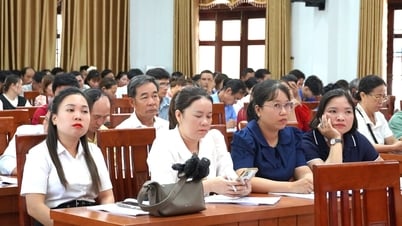
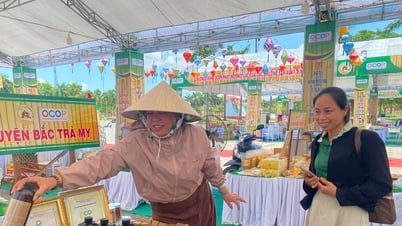


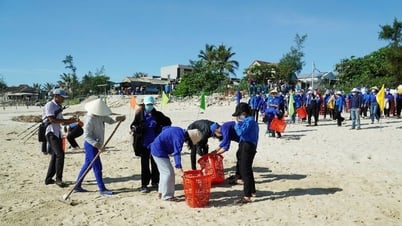








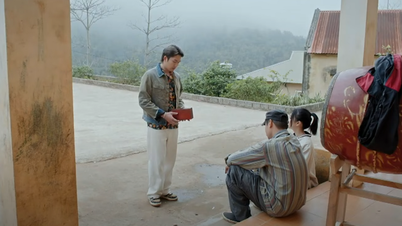
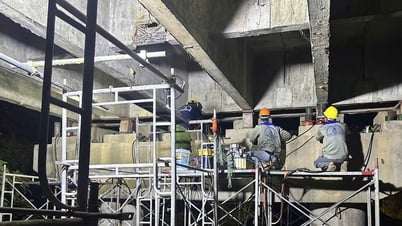



































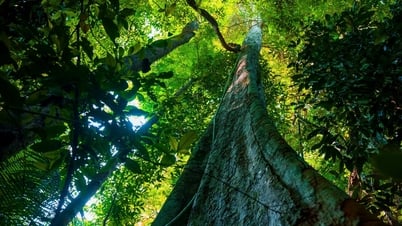






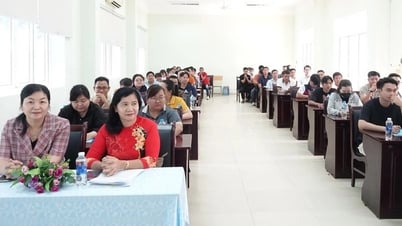
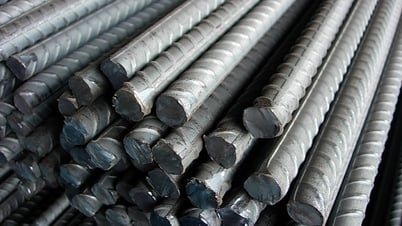

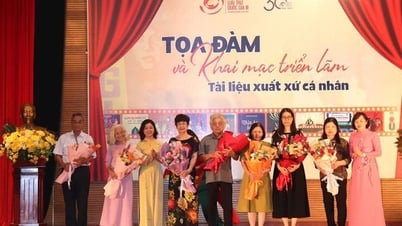

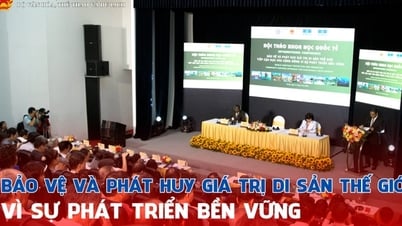
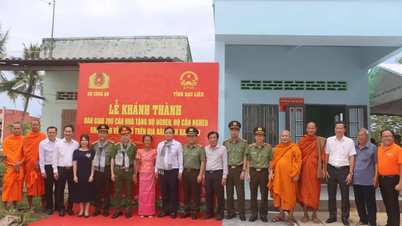

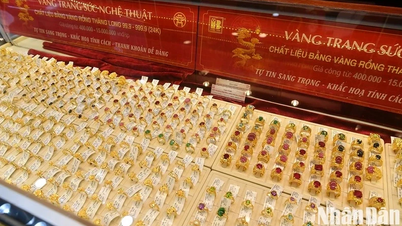




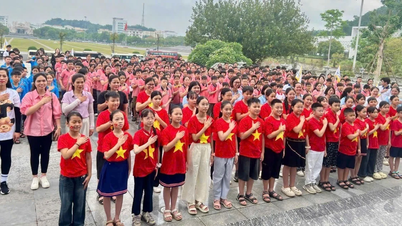











Comment (0)